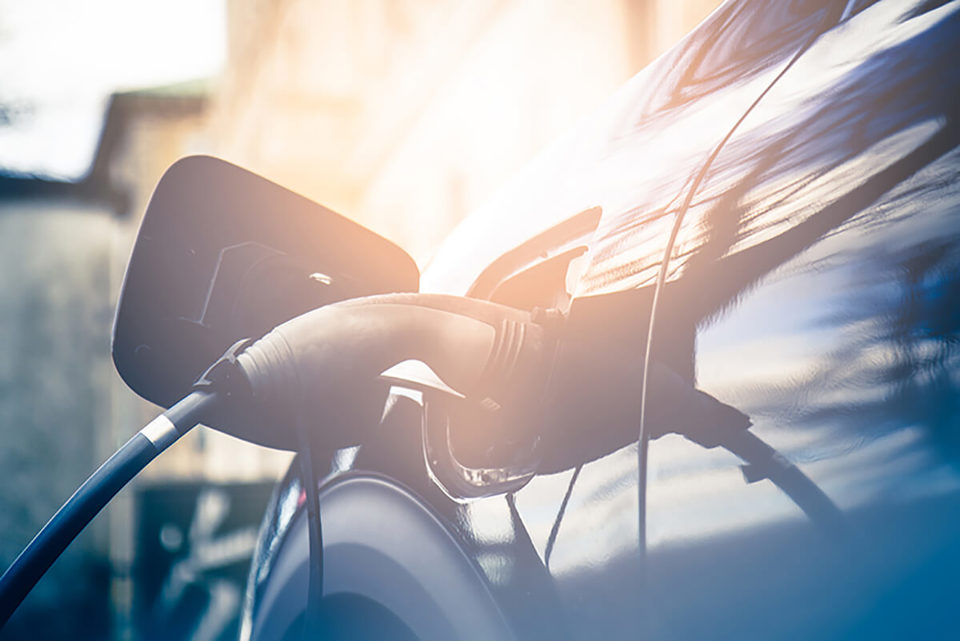Cambridge City Council is set to increase the number of electric vehicles on its fleet as part of its programme to replace vehicles that have reached the end of their working life.
The council’s streets and open spaces and fleet management services have earmarked 19 vehicles for replacement in 2016-17, with at least seven of these being electric vehicles - subject to approval as part of its usual procurement process, and subject to the council’s 2016-17 budget being approved in February.
The seven electric vehicles, along with one already used by the council’s pest control service, and another due to be introduced by pest control, would mean the council’s electric fleet has gone from zero to nine in less than a year.
Cllr Peter Roberts, executive councillor for environment and waste, said: “Lower emission vehicles have the benefit of both being less polluting and having lower operating costs.
“Electric vehicles are more reliable and available than they have been in the recent past and the distance they are able to travel is improving all the time, so offer excellent value and versatility for the council.”
The council’s vehicle fleet is used throughout the city, including parks, for tasks such as maintenance and cleaning.
For vehicles which cannot be replaced by electric equivalents, the preferred option is diesel-powered.
All of these replacement diesel vehicles will be compliant with the latest European legislation on emissions (Euro 6 standards, introduced in 2015), whereas the vehicles being replaced were only compliant with legislation from 2006. This latest standard more than halves the amount of nitrogen oxide, one of the most harmful greenhouse gases, a diesel vehicle can emit.
Last year the council introduced its first low-emission electric-powered van for pest control officers, to replace an older, diesel-powered vehicle.
The Nissan e-NV200 van has zero tail-pipe emissions, so produces no polluting exhaust fumes, and can run for around 100 miles between charges. Running costs for vehicles like these are also low, so represent good value for money.
The plan to use more electric vehicles in its fleet fits in with the council’s Air Quality Action Plan which aims for Cambridge to become a low emission city. It is also one of a number of steps that the council is taking to reduce its carbon footprint as part of its developing carbon management plan and wider climate change strategy.
Cllr Roberts said: “Increasing the number of electric and lower emission vehicles in our fleet is another way in which the council is aiming to reduce harmful emissions in the city, which could have beneficial effects for everyone here.
“We replace vehicles in our fleet incrementally as they approach the end of their life after years of heavy use. It’s time to take this step towards electric where such vehicles are viable for our service needs, as they offer improved performance, comparable purchase prices, less pollution and savings on fuel.
“If these vehicles join our fleet it will also make Cambridge one of the leading authorities embracing electric vehicles, which is welcome news.”
Cllr Roberts is recommended to approve the fleet replacements at the Environment Scrutiny Committee meeting tomorrow (Tuesday, January 12). The council’s director of environment would then award contracts for the purchase of vehicles.
As well as potentially purchasing additional electric vehicles, a new electric charge point with twin charge sockets was installed last year in Queen Anne Terrace car park, and the council is also currently looking into the feasibility of introducing electric taxis in the city.





















David Cameron - 12/01/2016 22:08
A grand total of one charge point installed in Queen Anne car park is really quite a pathetic effort for visitors driving EVs that Coke into the city.